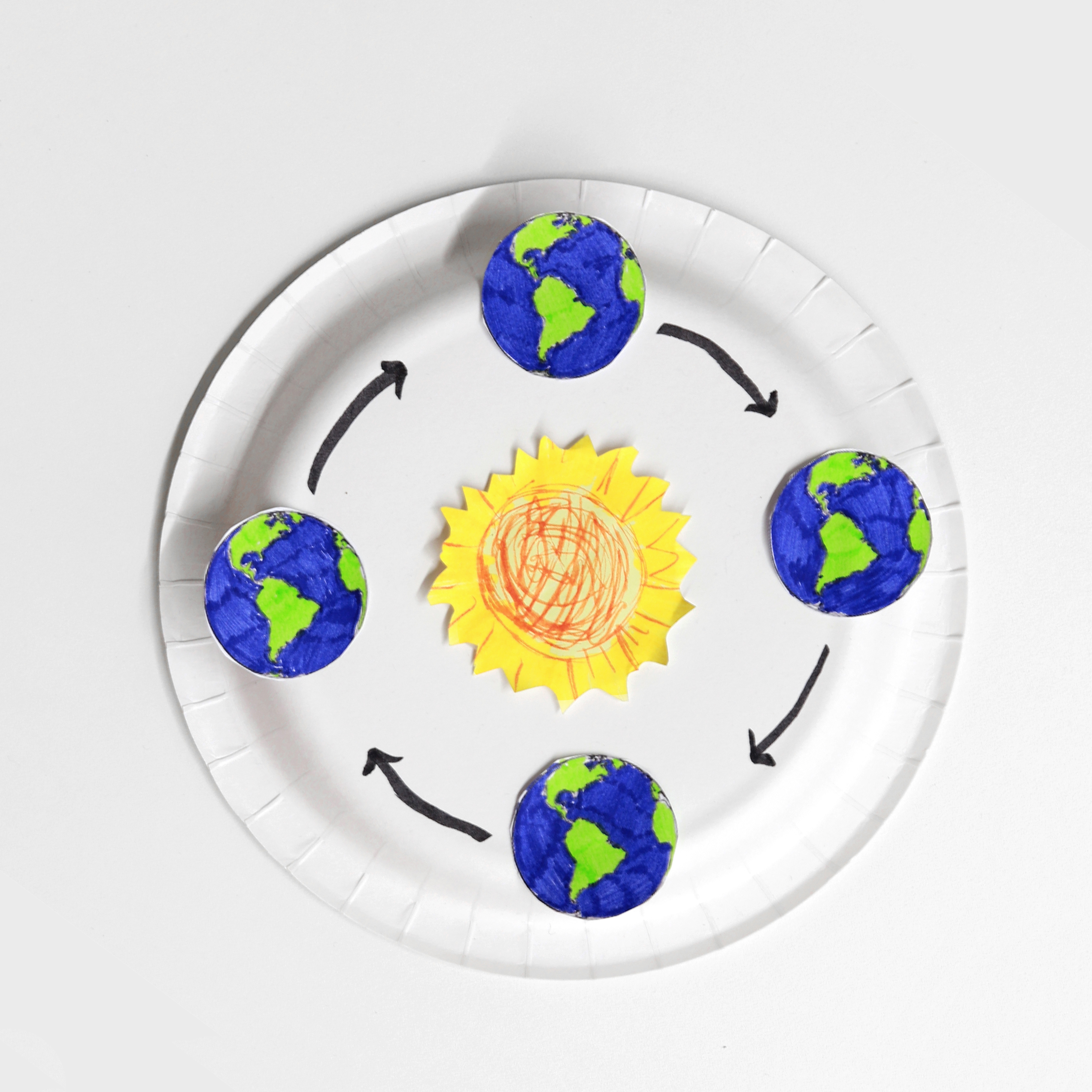Why are days shorter in Winter?
To answer that question, we need to learn some things about our planet Earth.

Planet Earth spins on an axis that is tilted (about 23.5 degrees). The Earth makes a complete rotation on its axis every 24 hours, while it revolves around the sun, which takes approximately 365 days or 1 year. That is a lot of moving!
The top portion of Earth is called the Northern Hemisphere, and the lower portion is called the Southern Hemisphere. The center of our planet between the hemispheres is the imaginary line called the equator. Because the equator is in the center of the two hemispheres it has about the same amount of sunlight all year long. Every day of the year at the equator receives around 12 hours of sunlight.
During the months that the Northern Hemisphere is tilted towards the Sun that part of the Earth has more exposure to the sun creating longer and warmer days. The other months of the year when the Northern Hemisphere is tilted away from the Sun’s exposure, there will be shorter and colder days. Because the two hemispheres are at opposite tilts of the Earth, they experience opposite seasons. When it is summer in the Northern Hemisphere, it is winter in the Southern Hemisphere and visa-versa.
Did you know?
The North Pole at top of Earth, and the South Pole at the bottom of the Earth, are never directly tilted towards the Sun – so they remain cool. During the pole’s winter it is tilted completely away from the Sun, so there is no daylight at all! However, during the summer, a pole receives sunlight all the time and there is no night.
Here is a simple project to illustrate the rotation of the Earth around the sun.

You will need:
Crayons or markers
Tape or glue
A paper plate or cardstock cut out into a 8” or 10” round.
Earth and Sun Template printable
Instructions:
Color the Sun and the 4 images of Earth.
Cut out the colored images.
Glue or tape the sun in the middle of the plate/circle.
Glue or tape one Earth at the top, bottom and 2 sides of the plate/circle, making sure they are all facing the same direction.
Draw clockwise arrows from one Earth to the other to illustrate the rotation of the Earth
Enjoy this post? Read on, and sign up for our homeschool newsletter!